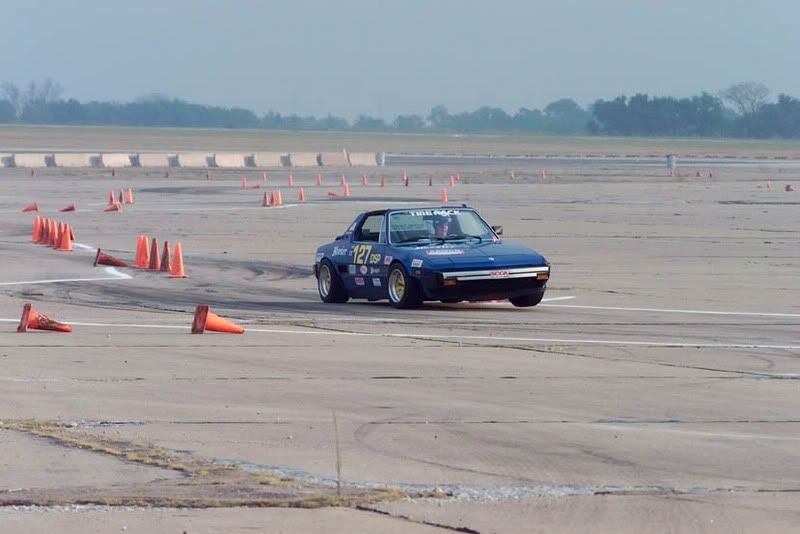mazdeuce wrote:
Ok, after reading through the long post 3 or 4 times, I'll ask. At the very beginning it says that an MR2 is like a FWD backwards so the theory will still work on a FWD if you turn it around. Fundamentally though, a MR2 will always have more weight on the rear and this will have a significant effect under braking and acceleration. This makes me question a LOT of his math when trying to apply it. He mentions in passing that fast FWD cars are softer on the front to aid traction and generate more of their roll stiffness in the rear by having super stiff springs. I'm.......not sure where to go with all of this. I believe in his total spring rate calculations for the car, but can't quite figure out how I should split them up with FWD. Help?
Turn them backwards. If you have a 2200 lb car with a 56/44 weight distribution (ie the exact opposite of the MR2), you should be in the neighborhood running 400 lb front springs and 500 lb rear springs.
A good general rule of thumb is that, all else equal, the softer end of a car, whether front or rear, will usually generate more cornering grip than the harder end. This has to do with weight transfer.
Take your Mazda for instance. If you run a really stiff rear suspension in concert with a soft front, you will lift your inside rear wheel. This has two effects:
1st, it will make your outside rear tire do all of the cornering for the rear axle. This tends to overload said rear tire and cancel your car's natural understeer.
2nd, it will transfer the maximum amount of weight from the rear inside to the front axle. This improves traction to the front for braking, cornering and acceleration. This is because the stiff rear suspension is increasing the load the front tires see without increasing the amount of mass they have to turn. Any time you are turning, that stiff rear will increase the front grip, whether you are on the gas, brakes or just coasting.
So, with a naturally understeering, FF car, you want a relatively stiffer rear suspension and a relatively softer front. On the other hand, in a naturally oversteering car like an MR2, that stiff front is always transferring weight to the rear wheels, also increasing grip in cornering and acceleration.
Here's a graphic illustraiton.
 This GTI has a ton of roll stiffness in the rear. As you can see, it is not understeering.
This GTI has a ton of roll stiffness in the rear. As you can see, it is not understeering.
Compare and contrast with this stock Mazda 2.
 This car has a lot of stiffness in the front and is therefore understeering.
This car has a lot of stiffness in the front and is therefore understeering.
![]()









 This GTI has a ton of roll stiffness in the rear. As you can see, it is not understeering.
This GTI has a ton of roll stiffness in the rear. As you can see, it is not understeering.  This car has a lot of stiffness in the front and is therefore understeering.
This car has a lot of stiffness in the front and is therefore understeering.





















